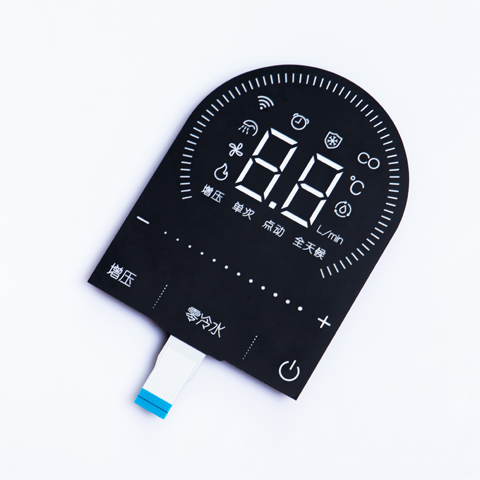Contact
Write to Us And We Would Be Happy to Advise You.
Do you have any questions, or would you like to speak directly with a representative?
By hqt
How to work Membrane keypad? In the manufacture of silicone (rubber) products, we use US-made silicone. It is a transparent platinum-based silicone with exceptional tear and tear resistance.
The transparency of this silicone allows the production of cut / composite closed casting molds, because the product is perfectly visible through the form.
Silicone popular as safe even in contact with food and can be common in the medical and food industries, has safety certificates.
Our membrane keypad technological capabilities:
Keypads in transparent (milky) color with subsequent printing, which enables backlighting
Color keypads with subsequent printing and the possibility of producing windows are easy to do.
Keypads of transparent (milky) color with an upper light-blocking black layer with the ability to fill the keys in different colors and then mark (remove the upper layer). Furthermore, this technology enables local selective illumination.
Silicone products of various form factors (for example, seals) for dust and moisture resistance of products

Many devices, consoles, display and control modules from various manufacturers of security and fire alarm systems use “rubber” buttons.
These buttons are convenient, dirt easily cleans from them. And it is difficult to break them, for example, by pressing too hard.
Moreover, the field of application of this type of membrane keypad is much wider than the devices for security and fire alarms. We can say that on conductive rubber are also common in most control panels for household appliances.
Therefore, the article should be useful not only for the installer of alarm systems and automation, but also just for the home craftsman.
Despite the obvious advantages, of course, there are disadvantages, how can we do without them, otherwise why would our crazy hands be needed.
Everyone knows that over time, such membrane keypad buttons are more and more difficult to execute the operator’s commands, that is, they have to be pressed more and more and then they stop working altogether.
There are contact pads on the printed circuit board, when closed, the necessary signals are sent to the circuit. Opposite each pair of such contacts there is a keypad button molded from synthetic (silicone) rubber.
The material of the button itself does not conduct electric current and.

Over time, the conductive properties of these “patches” deteriorate. Their electrical resistance increases and becomes insufficient for fixing the pressing of buttons by the electrical circuit. And as practice shows, first of all, the performance of those buttons that press more often deteriorates.
1.contamination of the contact surfaces of the button. Therefore, when repairing the membrane keypad, the first thing to do is to disassemble it, clean the contacts of the printed circuit board with alcohol and any detergent (or also alcohol) the “gum” itself.
You need to dry the “rubber band” of the keypad without using high temperature, put the maximum on the battery or in the sun. Then you can assemble the keypad and check the functionality of all buttons, mark those that still do not work.
As already mentioned, over time, depending on the intensity of the mechanical effect and the quality of the conductive “patches”, their electrical conductivity deteriorates, but not everyone knows that the surface of the heel suffers.
Therefore, before taking further drastic measures, I would advise you to remove (grind off, cut off) a thin layer of conductive patches of non-working buttons. This is easy to do with a sharp blade, needle file or fine sandpaper – in the field or on a small emery wheel mounted for example on an engraver – if the work is to be done in a laboratory.
Even if the functionality of the button is difficult to restore using this method, it will not harm further actions, the main thing here is to act without fanaticism, if you removed 0.2-0.3 mm and this did not work, then it’s time to move on to another method.
After processing the conductive surface, it must wipe with alcohol or acetone, removing the remnants of abrasive and abraded material. It is convenient to control the recovery process using a tester.
According to my observations, most of the membrane keypad operates at a conductive layer resistance of up to 2 kOhm (if the tester probes are applied at 1-1.5 mm with minimal effort, pressing them to the conductive rubber surface).
Specifically, in the KP-32, VPU-A, S-2000 keypads, the method of removing a thin layer from a conductive rubber patch, despite its simplicity, has repeatedly helped me, there are keypads that have already survived more than one “sweep”.
3. If removing the conductive rubber layer did not help or there is simply nothing to clean off, there are many ways to restore or replace this layer. I will briefly give here the most famous and available methods and I hope to hear yours in the comments.
The most common way to restore the membrane keypad buttons. They say, “on the knee” is to go outside, slowly smoke a cigarette. The size of the conductive patch, glue it with foil towards the contacts, of course. Here I think everything is clear.
Do you have any questions, or would you like to speak directly with a representative?